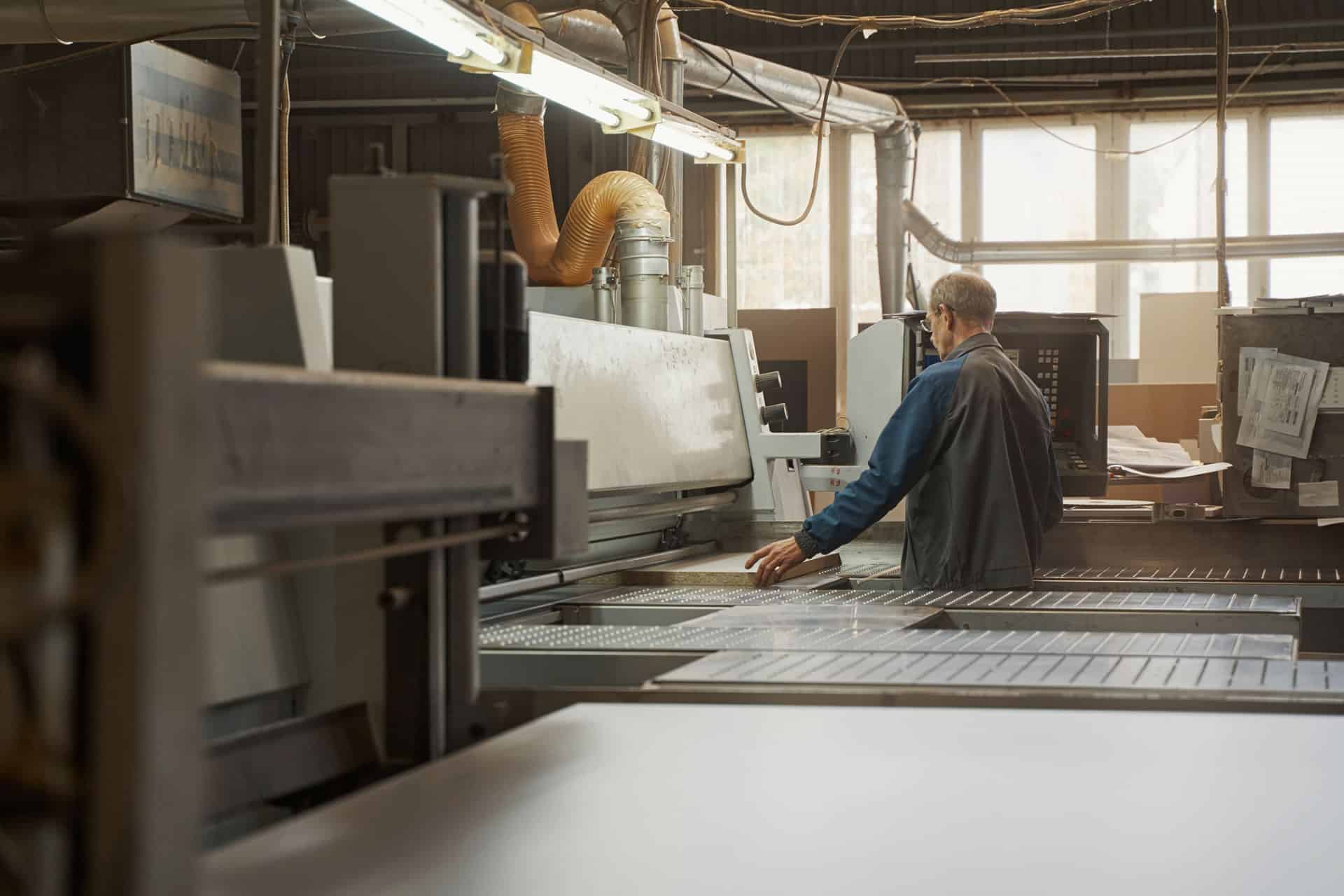
Introduction to the Furniture Industry Challenges
The furniture industry operates within a realm of unique challenges that set it apart from other manufacturing sectors. From intricate designs to many materials, each piece of furniture represents a convergence of aesthetics, functionality, and craftsmanship. This diversity introduces complexities that demand creative solutions. One of the defining challenges is the constant evolution of design trends. Consumers seek furniture that aligns with their styles, leading to a need for continuous innovation and adaptation. This variability extends to materials – wood, metal, fabrics, and synthetics – each with distinct characteristics requiring specialized handling and production processes.
Customization forms another layer of complexity. Modern consumers expect furniture tailored to their preferences, driving manufacturers to balance mass production with bespoke options. This customization places immense pressure on supply chains, production schedules, and inventory management.
Moreover, the furniture industry faces intricacies related to production and assembly. Each piece is a puzzle with multiple components, finishes, and hardware. Efficiently coordinating these elements, especially in the face of fluctuating demand, poses challenges to maintaining production timelines and quality standards.
Addressing these multifaceted challenges necessitates innovation. ERP solutions emerge as a beacon of hope as the industry embraces digital transformation. By streamlining design processes, optimizing material procurement, enabling real-time visibility across operations, and offering insights into customer preferences, ERP systems empower furniture manufacturers to navigate complexity with precision, ultimately crafting efficiency in a sector defined by its diversity.
Complex Inventory Management
Managing a vast array of furniture components, finishes, and designs presents a formidable challenge in maintaining accurate inventory. The risk of overstocking ties up resources and incurs storage costs, while shortages lead to production delays and customer dissatisfaction. Striking the delicate balance demands real-time visibility into inventory levels, demand patterns, and production schedules.
The need to accommodate customization demands and changing consumer preferences further compounds the complexities. Efficiently navigating these intricacies requires precise inventory management solutions, helping furniture manufacturers optimize resources, reduce waste, and ensure timely production and delivery.
Customization and Variability
The surge in customer demands for personalized furniture introduces production complexities, extended lead times, and potential errors. Crafting custom pieces involves intricate design adjustments, material sourcing, and specialized assembly. This variable can elongate production timelines, challenging timely delivery expectations. Moreover, the uniqueness of each order raises the risk of errors, from design misinterpretations to manufacturing inconsistencies. The delicate balance between customization and streamlined production requires systems that efficiently manage design changes, material availability, and assembly processes while ensuring accuracy and customer satisfaction.
Supply Chain Coordination
Coordinating with numerous suppliers for diverse furniture components poses intricate challenges, especially when sourcing internationally. Communication barriers, time zone differences, and varying regulations can impede seamless collaboration. Quality consistency across suppliers becomes a concern due to differing standards. Unpredictable shipping delays and customs complexities amplify supply chain uncertainties. Maintaining reliable stock levels demands synchronizing orders and deliveries, often involving complex logistics. Navigating this intricate web of suppliers necessitates robust systems that enhance visibility, streamline communication, and harmonize procurement, ensuring consistent quality and timely production.
Quality Assurance and Compliance
Ensuring adherence to quality standards and safety regulations is paramount in the furniture industry, where diverse materials are employed. Each material introduces unique risks, from structural integrity, toxicity concerns, wood, and metals to fabrics and coatings. Upholding quality guarantees product durability and customer satisfaction and safeguards against potential liabilities and recalls. As furniture increasingly becomes an integral part of daily life, maintaining stringent quality control and complying with safety regulations is essential to instill consumer confidence and uphold the industry’s reputation.
Production Scheduling and Optimization
Efficient production planning is a linchpin in meeting demand while evading bottlenecks, delays, and overproduction. Accurate forecasting translates into optimal material procurement and resource allocation—failure to plan risks, bottlenecks, and delays, impairing timely deliveries and customer satisfaction. Overproduction leads to unnecessary inventory costs and wastage. Striking this balance requires real-time insights into demand patterns synchronized with streamlined production schedules. Effective planning minimizes disruptions, enhances resource utilization, and the right products are produced in the right quantities to meet market needs without incurring unnecessary costs.
Managing Multi-Location Operations
Managing operations across multiple locations, factories, or showrooms presents formidable challenges. Diverse processes, communication breakdowns, and inconsistent quality can arise without standardized procedures. Inefficient resource allocation and production disparities may result in higher costs and reduced productivity. Streamlining operations demands a cohesive approach through standardized processes that ensure consistent quality, resource optimization, and effective communication. This approach ensures uniformity, improves cross-location coordination, and enhances the overall efficiency of the furniture industry’s multifaceted operations.
Communication Challenges
Communication breakdowns between design, production, and sales teams can result in misunderstandings, errors, and customer discontent. Misaligned design specifications may lead to incorrect manufacturing, causing defects or delays. Mismatched customer expectations and product capabilities can breed dissatisfaction. Poor communication can also lead to efficient production scheduling and resource allocation. These discrepancies erode operational efficiency and tarnish the customer experience. Collaborative communication systems are crucial to ensure accurate information exchange, align teams, and foster a seamless flow of information, ultimately mitigating errors and enhancing customer satisfaction.
Resource Allocation and Waste Reduction
Optimizing resource allocation, reducing waste, and lessening the environmental footprint in furniture production is paramount in today’s sustainability-conscious landscape. Efficiently utilizing materials, energy, and workforce lowers production costs and minimizes waste destined for landfills. Implementing eco-friendly practices reduces the carbon footprint, preserving natural resources and ecosystems. As consumers increasingly seek environmentally responsible products, furniture manufacturers prioritize resource efficiency and sustainability, enhance their reputation and contribute positively to the environment and future generations.
Role of ERP in Furniture Industry Transformation
ERP systems provide comprehensive solutions to streamline diverse facets of furniture manufacturing. These systems harmonize inventory management through centralized platforms, ensuring accurate stock levels and minimizing shortages or overstocking. Production planning becomes more agile, meeting customization demands and preventing bottlenecks. ERP software facilitates supplier collaboration, enabling efficient procurement and seamless material sourcing. Additionally, it enhances quality control by tracking processes, ensuring adherence to standards, and minimizing errors. This integrated approach optimizes resource allocation, reduces operational complexities, and fosters efficient, customer-centric furniture production in a competitive market.
Real-time Insights and Decision-making
ERP software empowers better decision-making by granting real-time visibility into critical aspects of furniture manufacturing. Production statuses are readily accessible, allowing timely intervention to address delays or bottlenecks. Accurate inventory levels prevent shortages and overstocking. Sales data insights can guide strategies, help anticipate demand trends, and optimize marketing efforts. This real-time information equips stakeholders with the knowledge needed to make informed decisions promptly, enhancing operational efficiency, resource allocation, and customer responsiveness within the furniture industry.
Enhanced Customer Experience
ERP systems enhance customer service throughout furniture sales by tracking orders and providing precise delivery estimates. From order placement to shipping, real-time visibility informs customers about their purchases. Accurate delivery estimates manage expectations and reduce dissatisfaction. Customer service teams can proactively address queries, anticipate delays, and offer personalized assistance. ERP’s integrated approach ensures smoother communication, boosting customer satisfaction and loyalty, ultimately solidifying the reputation of furniture manufacturers as reliable partners committed to delivering exceptional service and products.
Request a Consultation
Need more information?
Solutions






![image001[25]](https://www.royal4.com/wp-content/uploads/2023/11/image00125.png)